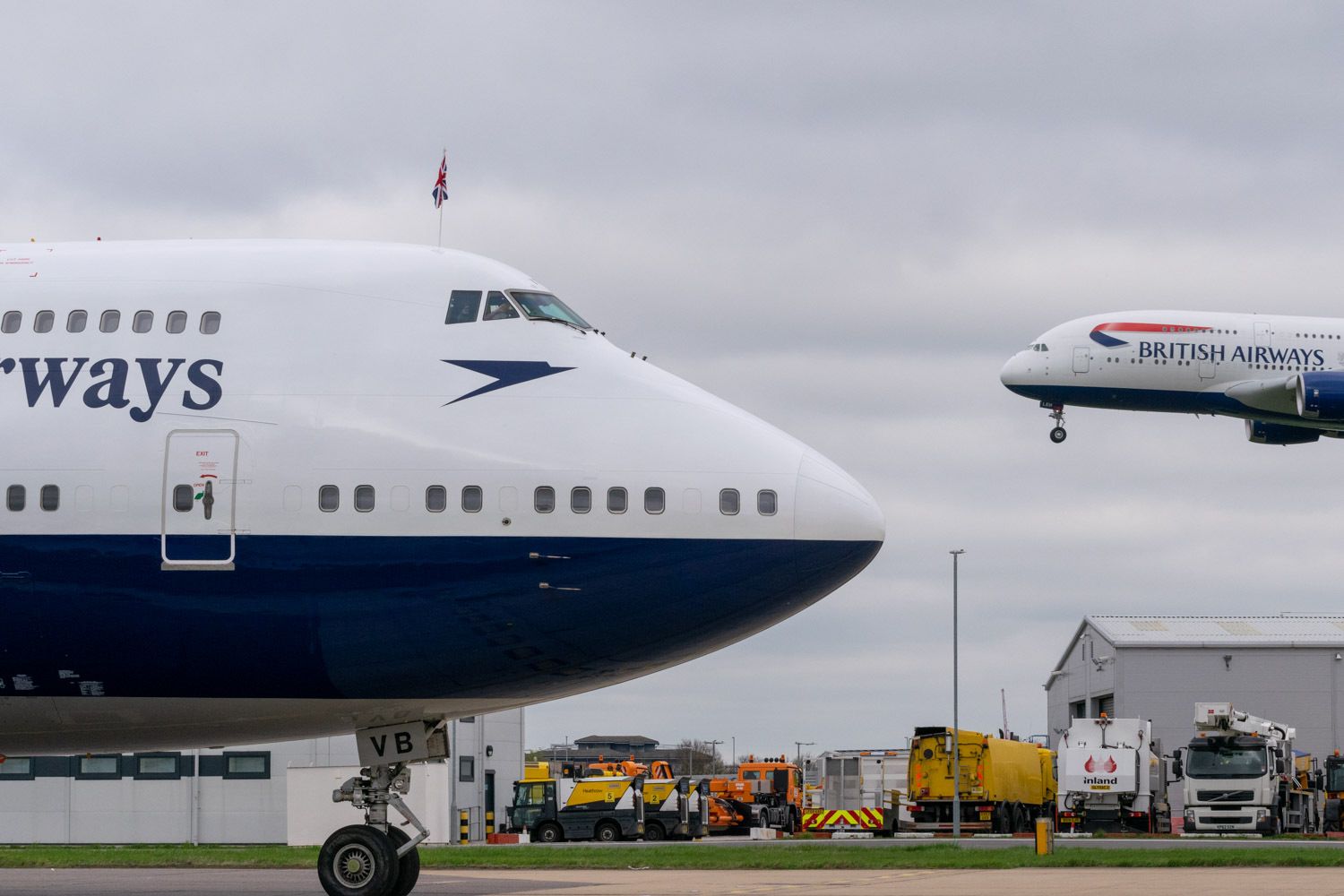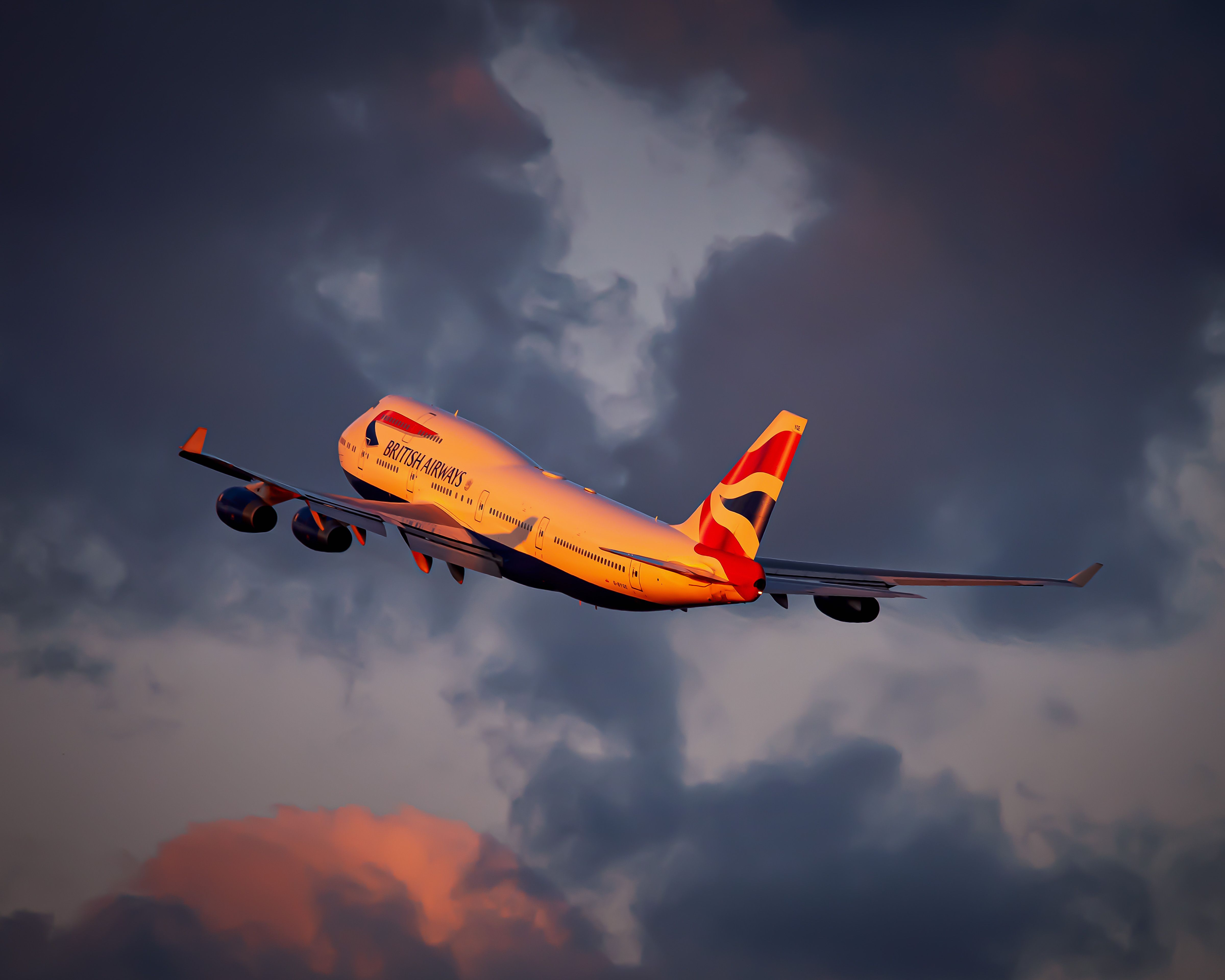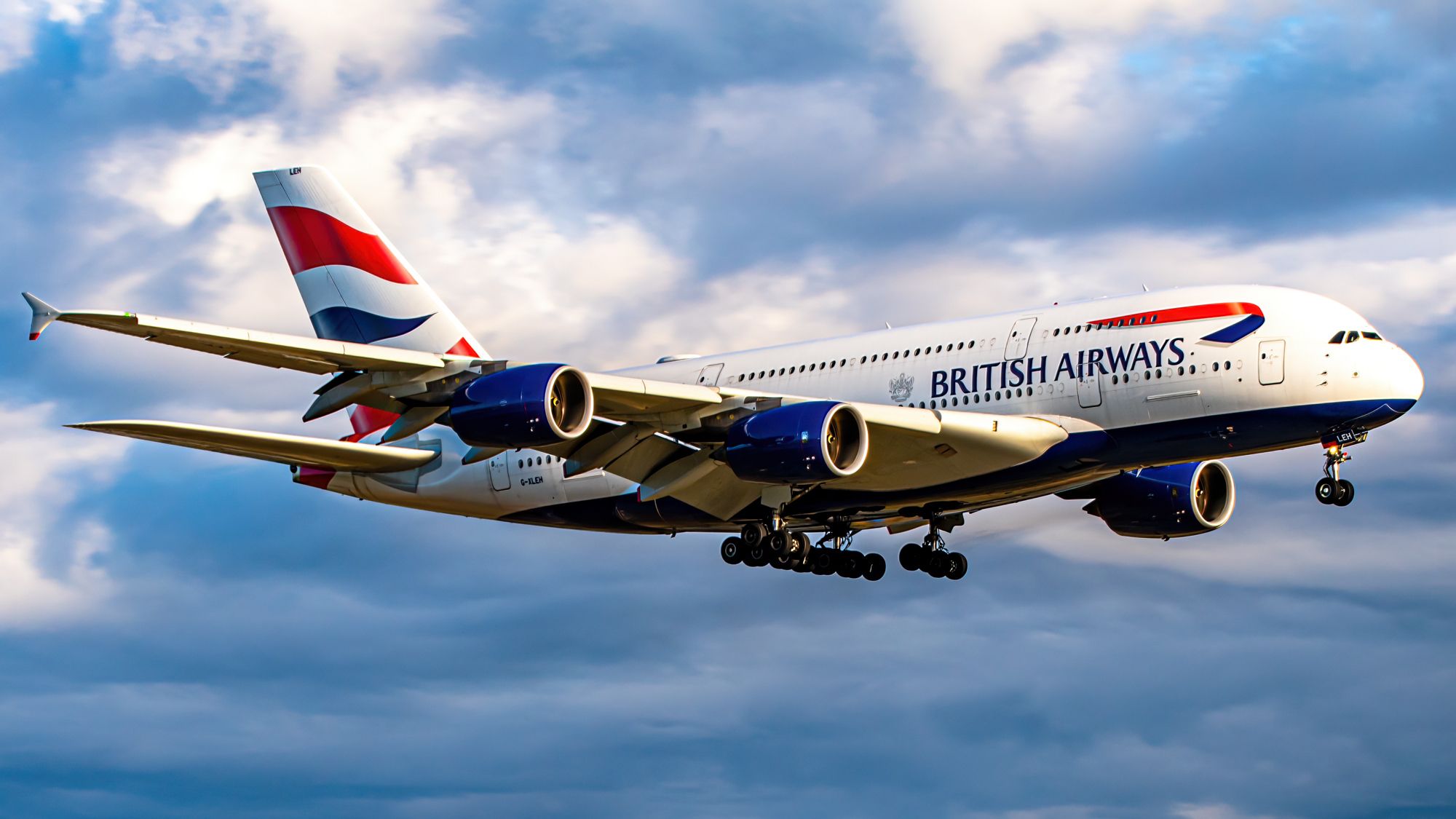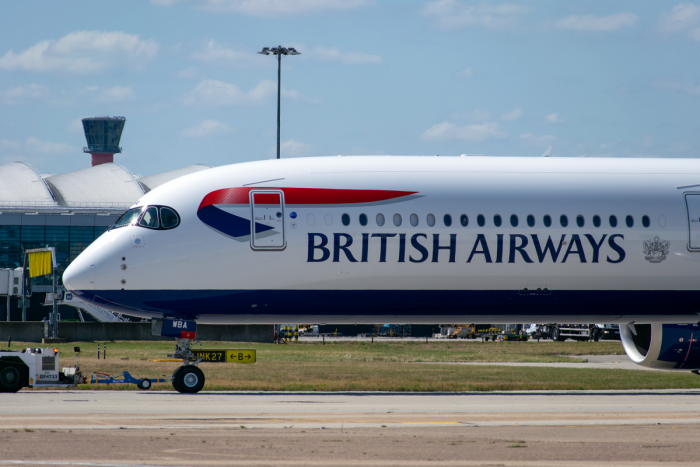British Airways has a long history and a huge range of aircraft in its fleet over the years. This includes the Boeing 747 and Airbus A380. The airline has retired the Queen of the Skies, and the future of the A380 was uncertain during the COVID-19 pandemic, but the fleet has been reactivated. We look at the history and the current status of the British Airways fleet of these aircraft.
British Airways Boeing 747 history predates the formation of the airline
The Boeing 747 predates British Airways, but one of the airlines that merged to form British Airways was an early adopter of the aircraft. BOAC took delivery of its first 747 in 1970, and after it merged with BEA, the aircraft were transferred to the newly formed British Airways. Variants of the aircraft operated continuously for the airline until they retired the fleet in 2020. British Airways eventually had a fleet of 19 747-100s. They added 747-200s from 1977, with a total of 24.
The first 747-400 to enter service with British Airways was in 1989, and at one time, they had 57 of them in the fleet, becoming the largest operator of the aircraft. The last 747-400 to be delivered to British Airways was in 1999.
Two of the fleet were lost during their time with British Airways. The first was a 747-100 destroyed in Kuwait in 1991 during the Gulf War. The second was in 2013 in Johannesburg when a 747-400 was severely damaged when it collided with a building as it was taxiing.
British Airways deployed its fleet to many destinations over the years. Multiple daily flights were deployed on the London Heathrow to New York JFK route. Many other North American destinations were also served over the years, and a diverse network included Singapore, Tokyo, Sydney, Dubai, and Cape Town. In the last decade of service, British Airways 747s visited 45 airports.
British Airways was relatively late to the A380
British Airways added the A380 to its fleet in 2013, and it was the first long-haul Airbus aircraft that British Airways bought. In comparison, Singapore Airlines added the A380 to its fleet in 2007. British Airways added a total of 12 to the fleet and had options for more, but they chose not to proceed with these. The A380 is a relatively small fleet, and the numbers could not directly replace 747s.
Operating primarily from London Heathrow Airport, the A380 made business sense for British Airways. This is a slot-constrained airport, and using the A380 is an effective way of adding additional capacity. The economics of the aircraft means that airlines need to fill the aircraft to be profitable consistently, and British Airways has numerous routes that it can do so.
After grounding the fleet during the COVID-19 pandemic, they are all back in service. Unlike other airlines, British Airways has no plans to retire any of its A380s and are now the largest A380 operator in Europe. British Airways is deploying its A380s year-round to Dallas, Dubai, Johannesburg, Miami, San Francisco, Washington D.C. Boston, Chicago, and Los Angeles will also see the aircraft.
What is your favorite British Airways long-haul aircraft? Was it the 747, is it the A380, or something else? Please tell us in the comments below.




